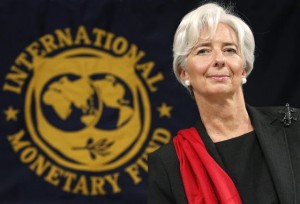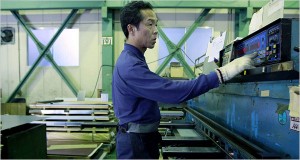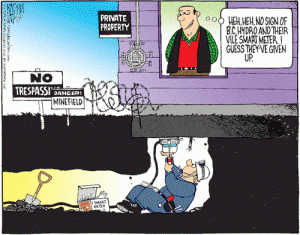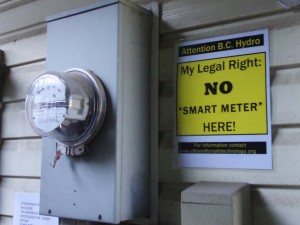The European Debt Crisis, a complex and gigantic web of mess and financial despair in the Euro zone, is at first hard to comprehend and grasp.
Introduced on January 1, 1999, the euro became the new currency for the European union. To this day, 17 of the 27 member states of the EU currently use the euro as their shared currency. The shared currency was thought to bring about beneficial trade ties and strengthened economies. Governments were initially restriced to burrowing up to 3% of its their annual economic output in efforts to prevent accumulation of debt.
The problem begins when countries broke these guidelines and burrowed more funds than they could hope to pay back with interest included. As a result of fear of default, the EU and IMF have agreed to bailout the worst culprits of the crisis: the PIIGS (Portugal, Ireland, Italy, Greece and Spain). Should defaults of these key members occur, the global economy would undergo a global domino effect producing the equivalent of a financial tsunami. Financial institutions worldwide invested in the debt of these countries would incur immense financial losses. The solution is difficult but it is clear that either Germany would have to come to the rescue, the national currency be reinstalled, or perhaps most likely, the European Stability Mechanism be implemented. Only the future knows what will happen to the Euro Zone.
Referenced Sources:
1) http://injapan.gaijinpot.com/live/banking-investments/2012/02/16/euro-crisis/
2) http://blogs.hbr.org/cs/2012/05/question_the_euro_crisis.html
3) IMF Image: http://eleytheriahthanatos.blogspot.ca/2012/07/imf.html#.UKoSn6mmDzI















